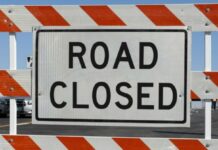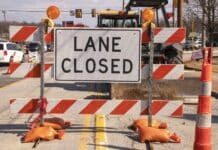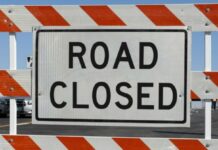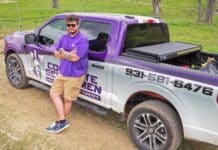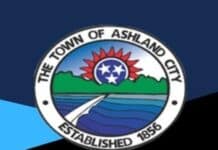In Pope Leo XIV’s address to those in Saint Peter’s Square in Vatican City after his election on the second ballot of the Conclave, he talked of “A church to build bridges and accept everyone.” His address reached out to not only the 1.3 billion Catholics in the world, but to all citizens of the world.
“To the Church of Rome, a special greeting…We must seek together how to be a missionary Church, a Church that builds bridges, dialogue, always open to receive like this square with open arms. Everyone—everyone who needs our charity, our presence, dialogue, and love,” he said in his opening address.
Who is Robert Francis Prevost?
Born Robert Francis Prevost in Chicago, Illinois on September 14, 1955, he is the first American-born Pope and the first from North America. He is the second Pope with ties to Latin America, the other being from Argentina. Thought to be a long shot because of the power of the country in which he was born, after spending a third of his life in the United States, he spent another third of his life in Peru, and the most recent third in Italy serving the Vatican.
Naturalized as a citizen of Peru in 2015, he is seen by those who know him as an educated and thoughtful man who has strong leadership and judicial skills, but he is also known as being personable and humble.
Joseph Farrell, Vicar General of the Order of St. Augustine, spoke to NBC News, saying that Prevost was probably chosen because he is a citizen of the world with extensive leadership experience and a love of all people.
Provost’s Education and Service to the Church
In 1973, Prevost completed his high school studies at a minor seminary run by the Order of Saint Augustine, an order which he joined after completing a Bachelor of Science degree from Villanova University in mathematics in 1977. He completed his vows to the church in 1981, and completed a Master of Divinity degree from Catholic Theological Union in Chicago, Illinois. He was ordained by Arch Bishop Jean Jadot in 1982.
Earning a Licentiate of Cannon Law in 1984, his education continued with a Doctor of Cannon Law from Pontifical College of Saint Thomas Aquinas in Rome in 1987.
He joined an Augustinian Mission in Peru from 1985 to 1986, serving at the Territorial Prelature of Chulucanas during that time, and from 1988 to 1998 he served in Peru as a parish pastor, diocesan official as judge of the regional ecclesiastical court and a member of the College of Counsultors of Trujilio, seminary teacher, and heading the Augustinian seminary in Trujilio.
From 2001 until 2013, he served as general of the Order of Saint Augustine. He was Bishop of Chiclayo in Peru from 2015 until 2023. Pope Francis appointed Prevost as Prefect of the Dicastery of Bishops in 2023, and served as president of the Pontifical Commission for Latin America. It was the same year he became a cardinal.
Why He Chose the Name Pope Leo XIV
While no one currently knows why Prevost chose that particular moniker, it is thought that it is because Pope Leo XIII was the first of the “modern” popes. He was elected Pope on February 20, 1878 and served until his death in July 1903, during which time he was a strong proponent of social justice and maintaining the human dignity of all people.
It is thought that Prevost will continue many of Pope Francis’ visions for the church, while also addressing many of the current issues. These issues include the church’s monetary issues, the handling of those abused by priests, and the persecution of followers around the world.
Pope Leo XIV will be the 267th pope over 2,000 years. Saint Peter is considered the first pope. He was followed by Pope Linus, who was canonized, as were all early popes.
“I … want to thank all my fellow cardinals who chose me to be the Successor of Peter and to walk with you, as a united Church always seeking peace, justice, always striving to work as men and women faithful to Jesus Christ, without fear, to proclaim the Gospel, to be missionaries,” Pope Leo XIV added in his address.
There have been six previous Augustinian popes.
Response to the New Pope Leo XIV
Many of those in Saint Peter’s were overwhelmed by the historic experience, with people from all over the world celebrating and embracing the new Pope upon seeing the white smoke arise.
As the smoke rose, the crowd shouted “Viva il papa!”
Subscribe to our FREE Newsletter

